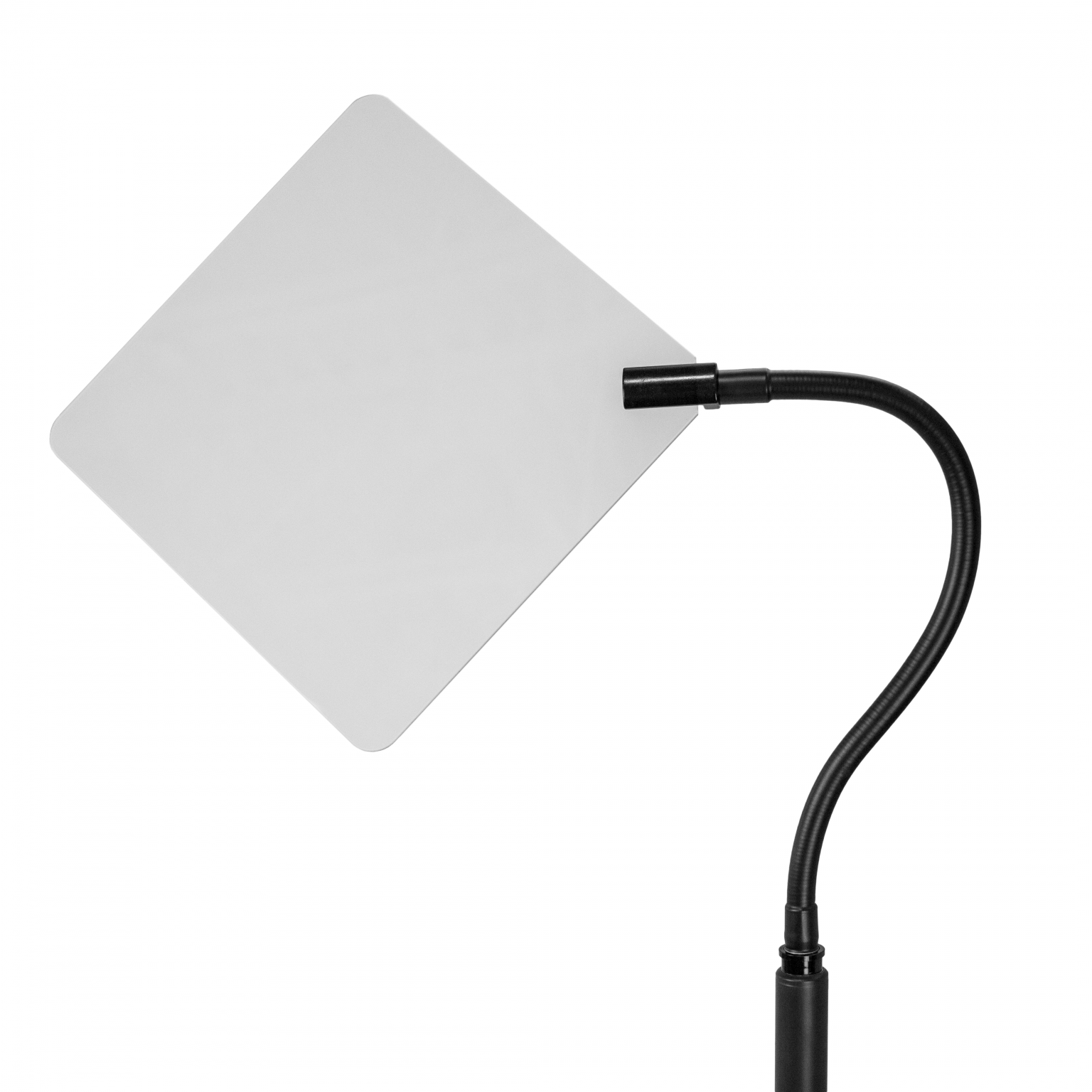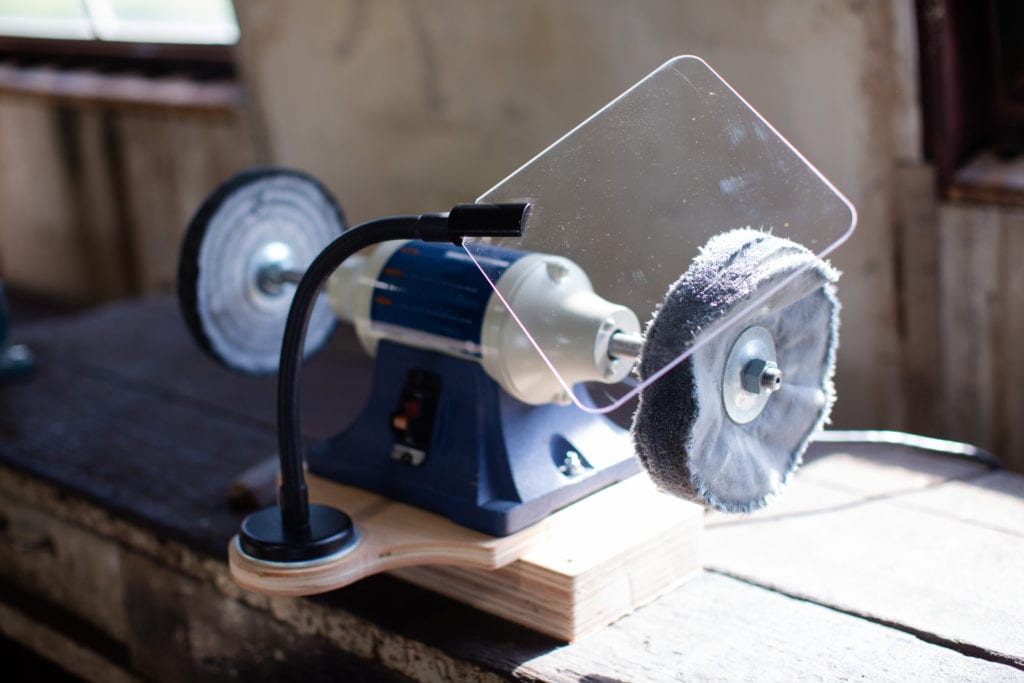How do I know a flex arm safety shield will protect me? 3 things you need to know.

Share:
A flex arm safety shield may not initially have been on your radar before this year, but 2020 has made health and safety a priority for everyone. Things many of us took for granted before the COVID-19 pandemic are now at the front of many workers’ minds. That’s why safety shields have become even more ubiquitous across a variety of industries.
Why? The flex arm safety shield has almost infinite applications and is able to protect users against a wide variety of droplets, hot chips, and even splashing coolants. That means whether you’re working in the medical field and need protection from bodily fluids OR in an industrial setting that deals with shavings and hot chips, a safety shield may be your best option. How do they work to keep you safe? For that, we’ll have to delve a bit deeper into the components of a flex arm safety shield.
Polycarbonate shields are built for clarity and safety
We use a polycarbonate flex arm safety shield for our devices. We’ve found that it’s the best combination of visibility and a physical barrier against unwanted particles and fluids. Both of these details are key to keeping a worker safe. The shields we developed are heavy-duty pieces of material, able to prevent the passage of droplets, aerosols, and bodily fluids in the healthcare industry while also resisting impact from flying debris like shavings, hot chips, oils, and splashing coolants for industrial work.

This polycarbonate has a melting point of 400 degrees Fahrenheit and is also shatter-proof. Those features are obviously vital for safety, but the fact that they’re still lightweight enough to be adjusted easily and retain a high level of optical clarity means that the user won’t be tempted to peek around the side. These shields are designed to be effective in their safety AND visibility — both are needed to securely complete a task.
Flex arm safety shields provide better positioning for real-world applications. That only works if they’re strong enough to do the job.
Real life is different than the lab. Sometimes you need a flex arm safety shield that can hold an angle that isn’t just perpendicular to the floor. That’s one of the major advantages of a flex arm. They allow users the ability to protect themselves through positioning at the correct angle, direction, and height. That can be especially useful for professionals in the medical field, where minute adjustments are needed from user to user.
For this to work, a flex arm has to be strong enough to hold its position every single time. That’s why we encourage the product designers we work with to explore the best option for their flex arm safety shields. Too often we’ve seen folks decide that a flex arm wasn’t the right choice only because they were dealing with an inferior product.
Mounting options create safety through stability, no matter the angle
We have several options for mounts. All have their place in safety shield devices, depending on what your needs are for your safety shield. Is a drop-down feature important to you? A magnetic base can mount on a metal surface, providing stability at basically any angle of application (as long as it’s a smooth, metal surface.) If you’re working at a desk and don’t need the base to move as much, a c-clamp can provide a way to securely mount to a surface. If it’s important that your flex arm isn’t detachable from your device, a direct mount can be utilized to attach it directly to the machine or table surface.
A flex arm is only as stable as its base, which is why it’s important for these mounting options to work every single time. All of these mounts have been utilized with great effectiveness on our safety shields, offering users the stability they need to get the job done safely and completely.

The best safety shields are the ones that are used. Design matters.
It’s common sense, right? If you have a poorly built product, it won’t be used. That can manifest in a lot of ways for a safety shield: a weak flex arm prevents it from staying in position, a mounting system is too cumbersome or doesn’t allow it to be mounted in the correct position, etc. The point being, if the product doesn’t do what it says, the end-user isn’t going to trust that it can protect them.
There are a million ways that a product can fail, that’s why it’s important to think about how all these features work together — so that this never happens. Consistency and durability are the products of a well-designed, well-built device. Doing that ensures that you hit the goal your end-users care most about: their safety. In the end, that’s the only feature that matters.
_____________________
Working on a flex arm design? We are here for a no-pressure phone call. We’d love to hear more about what you are working on and give you ideas and prototypes to improve your decision-making process. Give us a call, we promise it will be worth your while.
